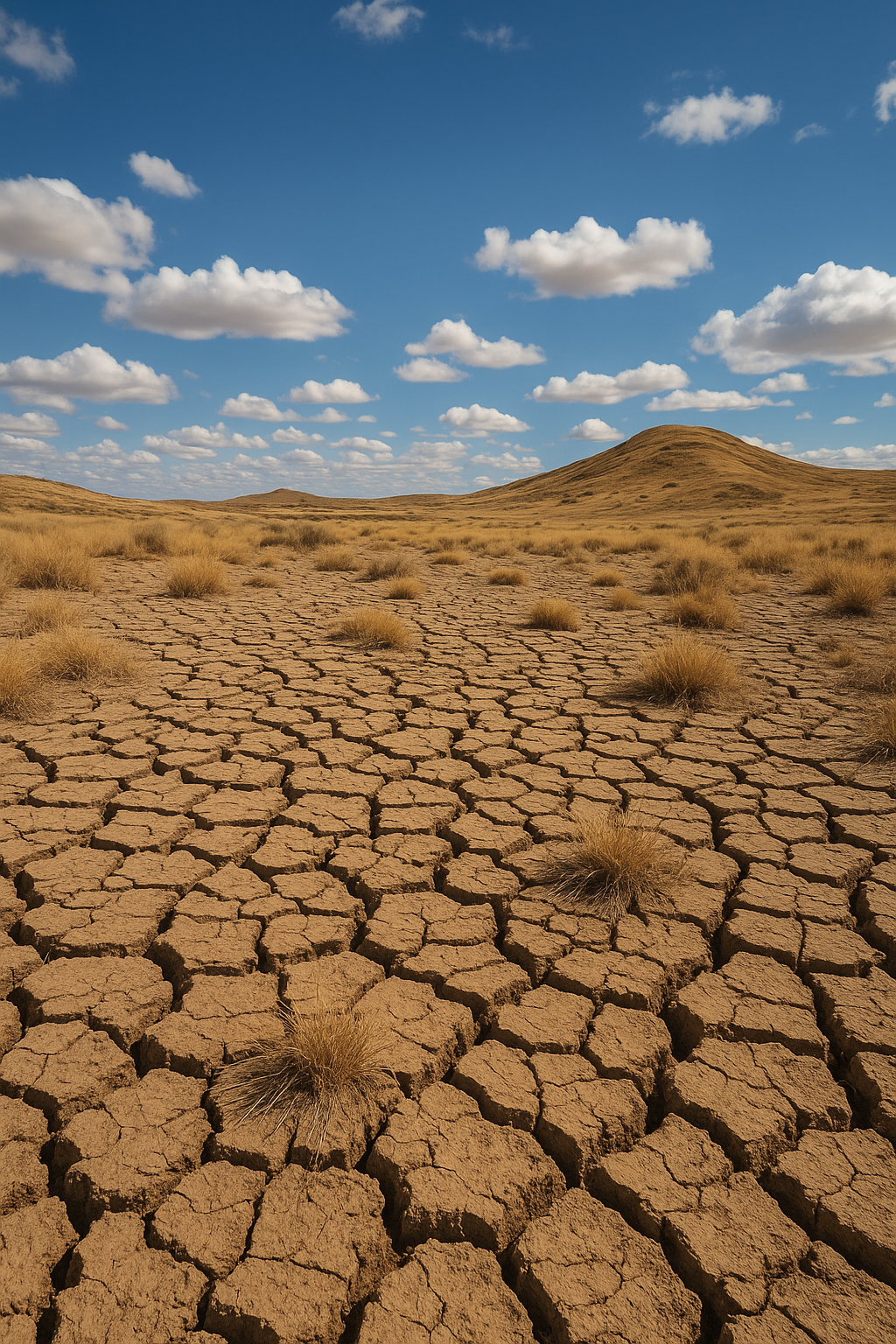South America faces rising drought vulnerability as climate risks intensify
The findings show striking contrasts across South America. Ecuador emerged as the most vulnerable country, followed by Colombia and Uruguay. These nations combine high population densities, limited renewable water resources, and strong dependence on hydropower. In Ecuador and Colombia, low GDP per capita and limited drought preparedness compound the problem, increasing their sensitivity to water shortages and agricultural losses.

Droughts are becoming a pressing concern in South America, a continent paradoxically known for its vast rainforests and abundant water resources. A recent study published in the journal Water highlights the growing risks posed by droughts, stressing that both environmental and economic factors play critical roles in shaping national vulnerabilities.
The research, titled "Drought Vulnerability in South America," provides the first continent-wide analysis of drought vulnerability, ranking countries based on their exposure, sensitivity, and adaptive capacity. Using 16 drought-related indicators, the authors reveal which countries are most at risk, what factors drive these risks, and how governments can better prepare for future climate hazards.
Which countries are most and least vulnerable to drought?
The findings show striking contrasts across South America. Ecuador emerged as the most vulnerable country, followed by Colombia and Uruguay. These nations combine high population densities, limited renewable water resources, and strong dependence on hydropower. In Ecuador and Colombia, low GDP per capita and limited drought preparedness compound the problem, increasing their sensitivity to water shortages and agricultural losses.
On the contrary, Guyana, Suriname, and Chile ranked as the least vulnerable countries. Their resilience stems from abundant water resources, lower population densities, and better economic or infrastructural capacity to withstand drought conditions. Chile, for example, demonstrates strong adaptive capacity due to investments in irrigation and desalination, despite its arid climate.
The study also uncovers surprising insights. Uruguay, despite having the highest GDP per capita in South America, recorded a high vulnerability score. The absence of a national drought plan and low irrigation coverage contributed to its ranking, illustrating that economic strength alone does not guarantee resilience.
What factors drive drought vulnerability across the continent?
The research identifies three core components influencing vulnerability: exposure, sensitivity, and adaptive capacity. Exposure is shaped by water stress, renewable water availability, and population density. Western and southern countries, particularly Ecuador and Argentina, score high on exposure due to their drier climates and concentrated populations in risk-prone regions.
Sensitivity depends on factors such as agricultural dependence, cattle density, and access to safe drinking water. Countries like Paraguay and Colombia rank high in sensitivity due to their reliance on agriculture and freshwater fish as primary food sources. In contrast, Argentina and Chile have lower sensitivity scores, benefiting from stronger human development indicators and diversified economies.
Adaptive capacity, the ability of a country to prepare for and respond to drought, correlates strongly with economic and institutional strength. Countries like Peru and Chile show high adaptive capacities through investments in water infrastructure, while Bolivia and Uruguay lag behind. The presence of drought management plans, desalination facilities, and irrigation systems significantly reduces vulnerability, underlining the importance of preparedness.
According to the study, economic disparities and institutional weaknesses exacerbate drought impacts. Nations with limited financial resources struggle to invest in the infrastructure and policies needed to mitigate drought risks. This reality highlights the urgency of strengthening water governance and investing in adaptation measures.
How can South America prepare for intensifying droughts?
The study warns that climate change and anthropogenic factors such as deforestation and poor water management will likely intensify droughts in the coming decades. Extreme events like the Chilean megadrought, Amazonian water shortages, and the Paraguayan agricultural crisis serve as reminders of the devastating effects droughts can have on energy supplies, food security, and livelihoods.
To mitigate these risks, the authors call for comprehensive drought management strategies. Governments must develop and update national drought plans, invest in irrigation networks, and diversify water sources through technologies such as desalination. Expanding access to safe drinking water and improving agricultural practices are also crucial steps in reducing sensitivity to drought impacts.
Moreover, the research stresses the need for regional collaboration. Droughts do not respect political borders, and many water systems are transboundary. Coordinated policies on water management, data sharing, and early warning systems can enhance resilience across the continent. Leveraging international support and adopting best practices from other regions can also strengthen South America’s preparedness.
The study also suggests that economic development should prioritize adaptation. While higher GDP per capita generally improves adaptive capacity, it must be channeled into effective drought mitigation policies. Uruguay’s case clearly shows that wealth alone is insufficient without robust planning and infrastructure.
- READ MORE ON:
- drought vulnerability in South America
- climate change and drought risks
- drought exposure and sensitivity analysis
- water resource management in South America
- improving irrigation and water infrastructure
- national drought plans and climate resilience Ask ChatGPT
- South American water scarcity challenges
- FIRST PUBLISHED IN:
- Devdiscourse










